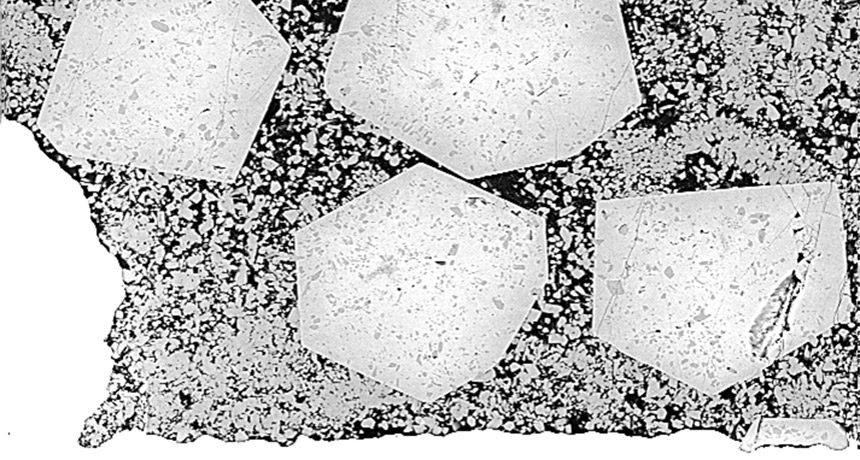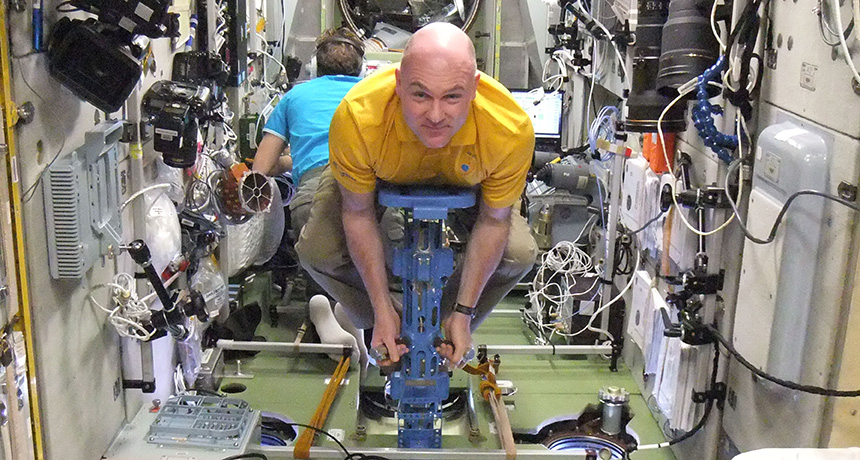Preteen tetrapods identified by bone scans

Better bone scanning of fossils offers a glimpse of preteen life some 360 million years ago.
Improved radiation scanning techniques reveal accumulating growth zones in chunks of four fossil upper forelimb bones from salamander-shaped beasts called Acanthostega, scientists report online September 7 in Nature. Vertebrate bones typically show annual growth zones diminishing in size around the time of sexual maturity. But there’s no sign of that slowdown in these four individuals from East Greenland’s mass burial of Acanthostega, says study coauthor Sophie Sanchez of Uppsala University in Sweden. They were still juveniles.
The bones came from tropical Greenland of the Devonian Period. Aquatic vertebrates were developing four limbs, which would serve tetrapods well when vertebrates eventually conquered land. This mass die-off doomed at least 20 individuals, presumably when a dry spell after a flood trapped them all in a big, vanishing puddle.
This find makes the strongest case yet for identifying genuine youngsters among ancient tetrapods, Sanchez says. She suspects other individuals trapped could have been juveniles too.
Not many other species were found in the mass burial. So young tetrapods may have stuck together much as today’s young fish school, Sanchez speculates. The limb shape clearly indicates that the youngsters took a long time to start adding hard bone to the initial soft cartilage, she says. So these early tetrapods were at least 6-year-olds and probably 10 years old or more.
For identifying stages of life, the improved technique “allows greater resolution and rigor, so in that regard it is a plus,” says Neil Shubin of the University of Chicago, who studies a fossil fish with some tetrapod-like features called Tiktaalik. There are Tiktaalik preteens, too, he notes.
What interests Nadia Fröbisch of Museum für Naturkunde in Berlin is that some of Acanthostega individuals were different sizes but had reached the same stage of bone development. She muses that they might even have been developing along different trajectories of growth, a flexibility that would be useful in a changeable environment.








